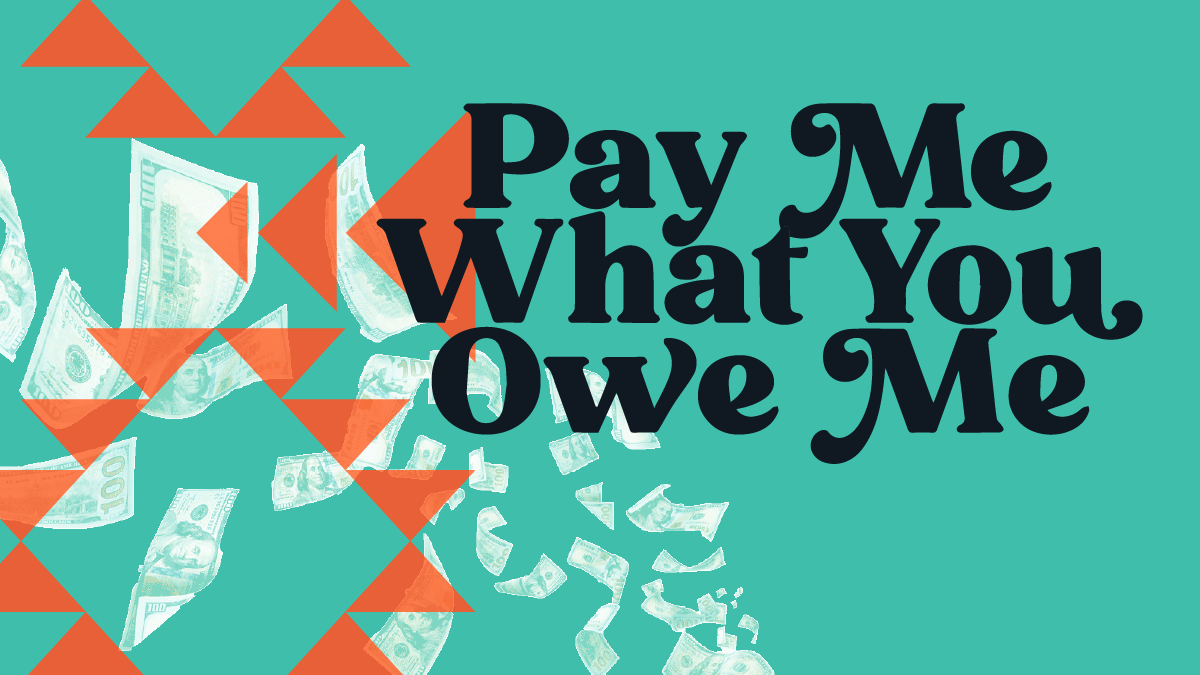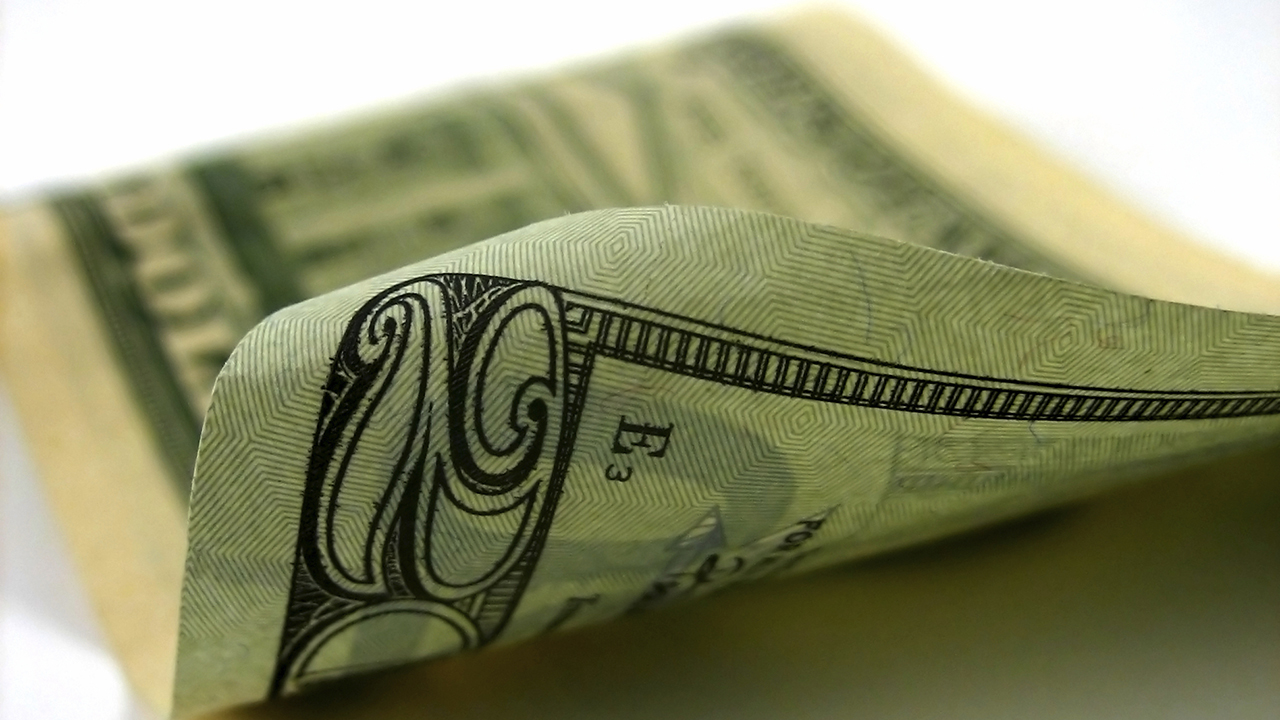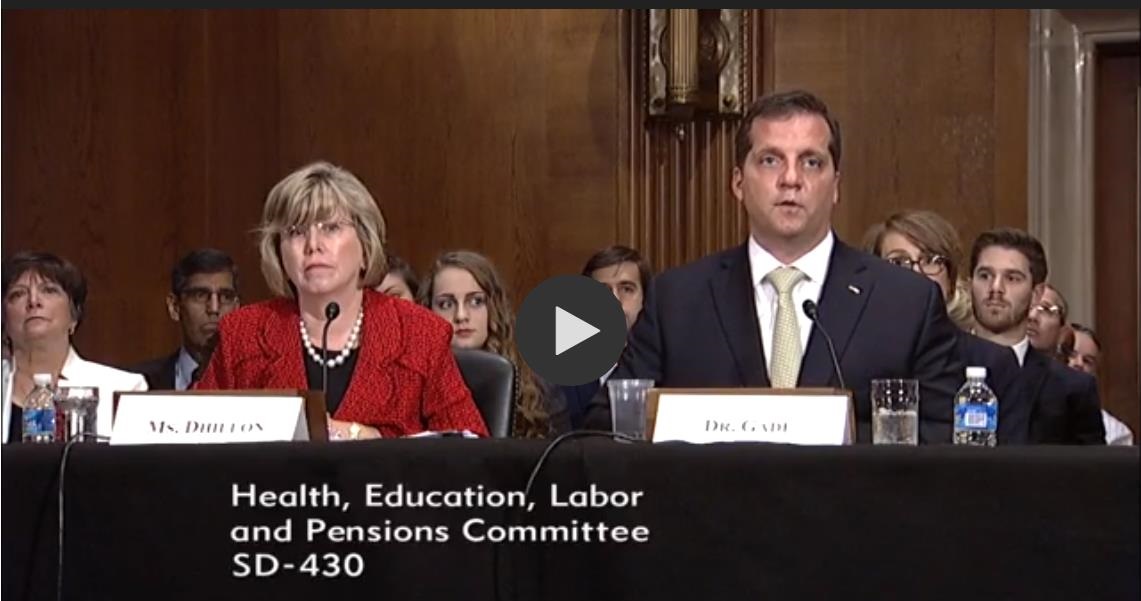It’s Beyond Time to Pay Native Women What They’re Owed

Today marks the end of Native American Heritage Month—“the culmination of a centuries-long effort to establish recognition for the substantial contributions of Indigenous peoples.”
That effort, however, is far from over.
November 30 also marks Native Women’s Equal Pay Day—when we recognize the wide, and unacceptable, gap in earnings between Native women and White, non-Hispanic men.
Despite being original inhabitants and stewards of this land, Native women have never been compensated for the full value of their labor in the U.S. workforce, and this inequity persists to this day: Native women working full time, year-round typically lose $2,396 every month, $28,747 every year, and $1,149,880 to the wage gap over a 40-year career.
Those losses endanger the present—and limit the future.
Affording a down payment on a home. Paying for their or their child’s higher education. Starting a business or saving for retirement.
Yes, the wage gap means Native women have less money to cover their current expenses—but it also has ripple effects that mean Native women miss these key opportunities to build wealth and future economic security for themselves, their families, and their communities.
In 1914, Blackfoot Tribe citizen Reverend Red Fox James rode 4,000 miles on horseback to Washington, D.C., to petition the president for an “Indian Day.” But it wouldn’t be until over 75 years later, in 1990, that President George H.W. Bush would finally designate the month of November “National American Indian Heritage Month.”
In other words, the only reason we have this commemorative month is because of decades of labor by Indigenous leaders.
The burden to fix our country’s oppressive systems has always, and unjustly, fallen on the oppressed. It is beyond time for our country to start making the effort to ensure Native people, and especially Native women, have access to the same money, resources, and rights of all Americans.




